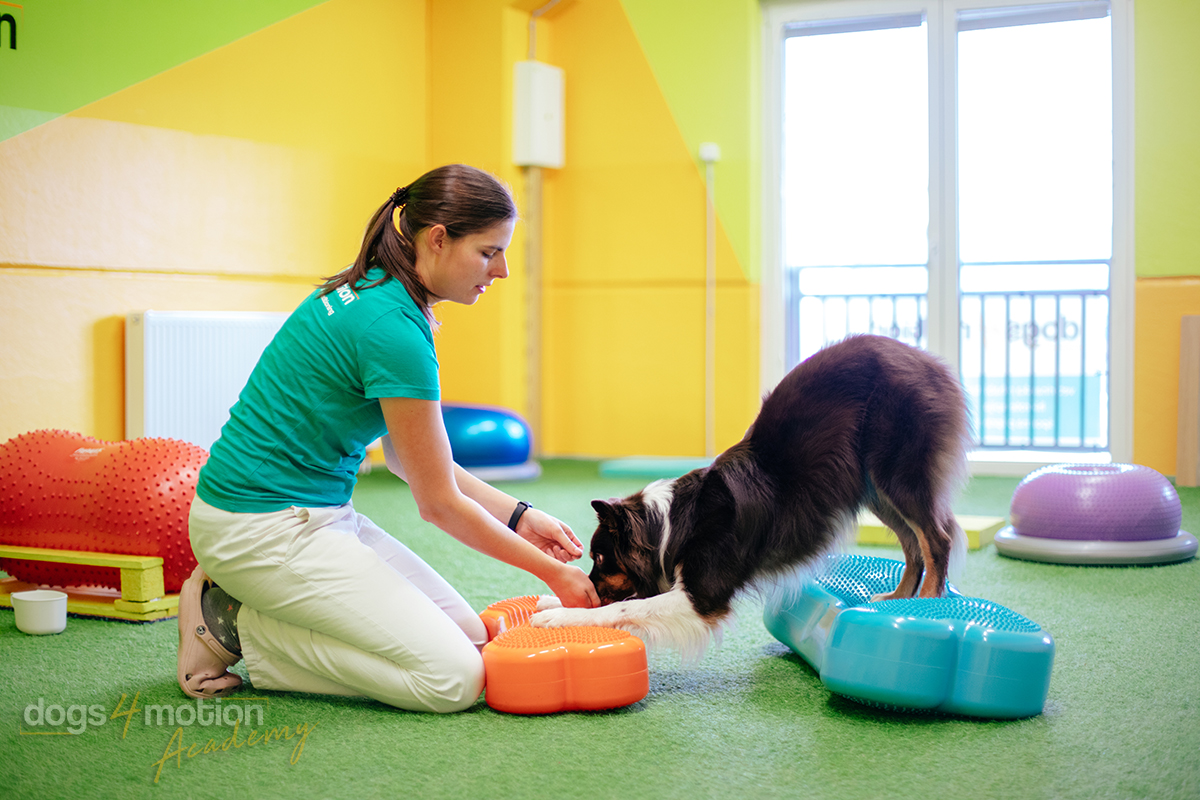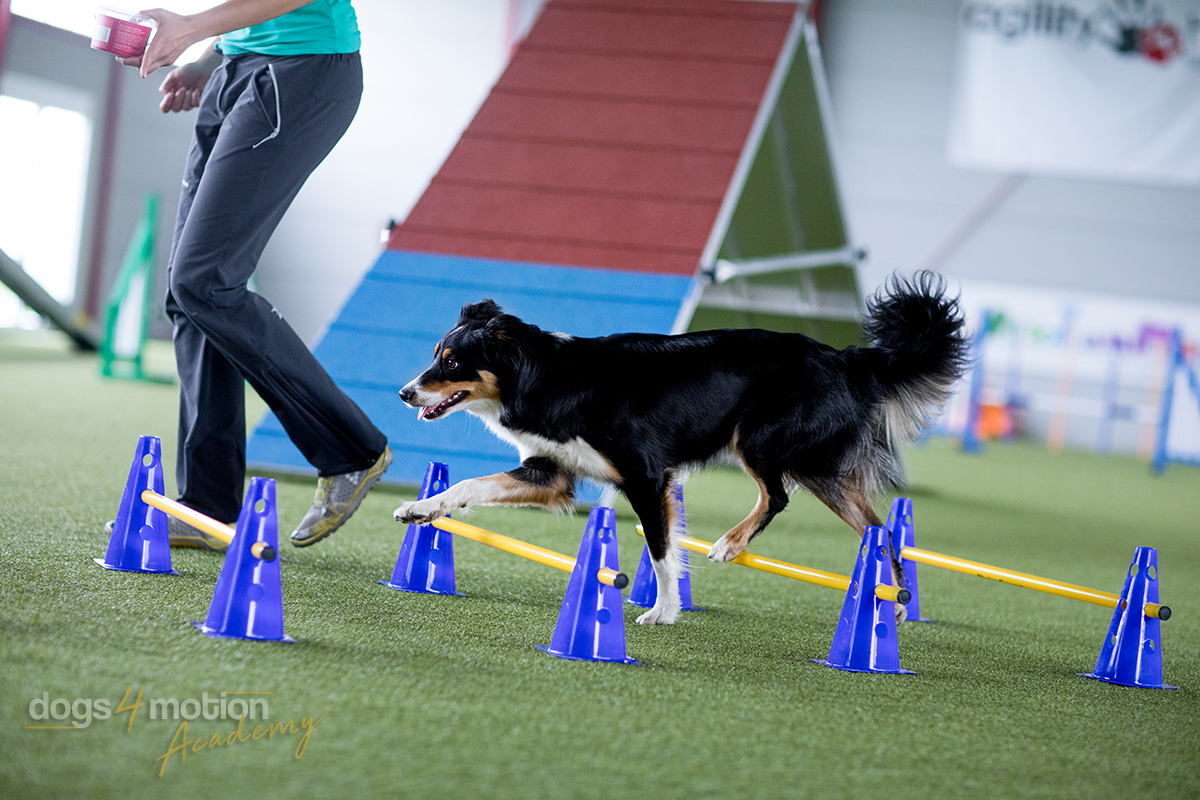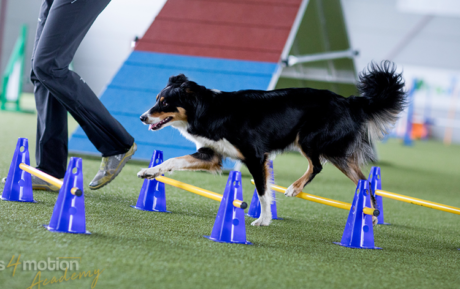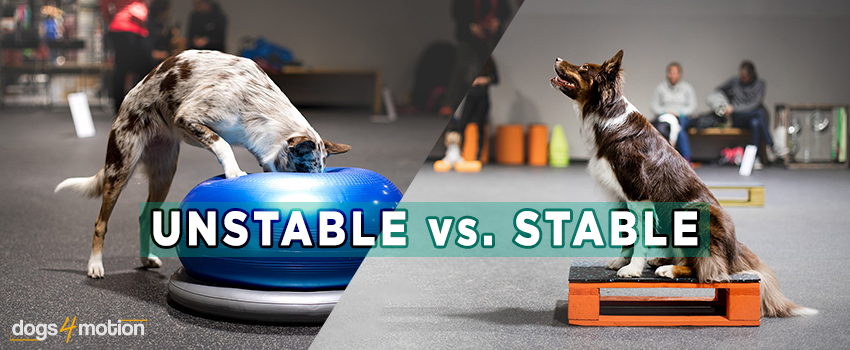Who doesn’t love to watch all those cool workouts performed on various unstable surfaces? But, is it as beneficial as it is fancy-looking? Again, we like to look at some facts first.
Working out on UNSTABLE equipment
-
Primarily engages core and postural muscles that help to keep the dog’s body in balance.
-
Is especially useful for rehabilitation purposes where we need to re-educate and facilitate neuromuscular activity.
But can it happen that these stabilizers override the work of large muscle groups responsible for generating the actual power, so the total speed and strength of your dog might decrease?
Unstable surfaces make the exercises more difficult, but do not appear to increase the “over-load” sufficiently to increase the strength and power gains that are developed with performing actions on stable surfaces.
So there are some shortcomings to working out exclusively on unstable/inflatable fitness equipment.
But this is where stable pieces of equipment hop in and fill the gap!
Performing dynamic exercises on STABLE surfaces
-
engages large muscle groups (the ones that are responsible for producing powerful actions), while providing this needed sufficient “over-load” to the muscles to increase in power and strength.


Pretty cool, isn’t it? So, do not underestimate the power of simple sit to stands on flat ground, for example 😉
While we tend to see unstable fitness equipment mostly as an option for progression and increase in difficulty of the exercise, let’s not forget it is more than recommended to also continue training on “simple” things: planks, bricks, wooden platforms or any potentially useful stable object you find at home or outside on a walk, even if your dog is already a true fitness expert!
And our advice: work first on stable pieces until the dog achieves proper form and understanding of the exercise and gains initial strength, then add some instability to the sessions. But keep working on both: stable & unstable pieces of equipment, to get the best effect and outcome from both! 🙂
Author: Jana Gams, DVM, CCRP




